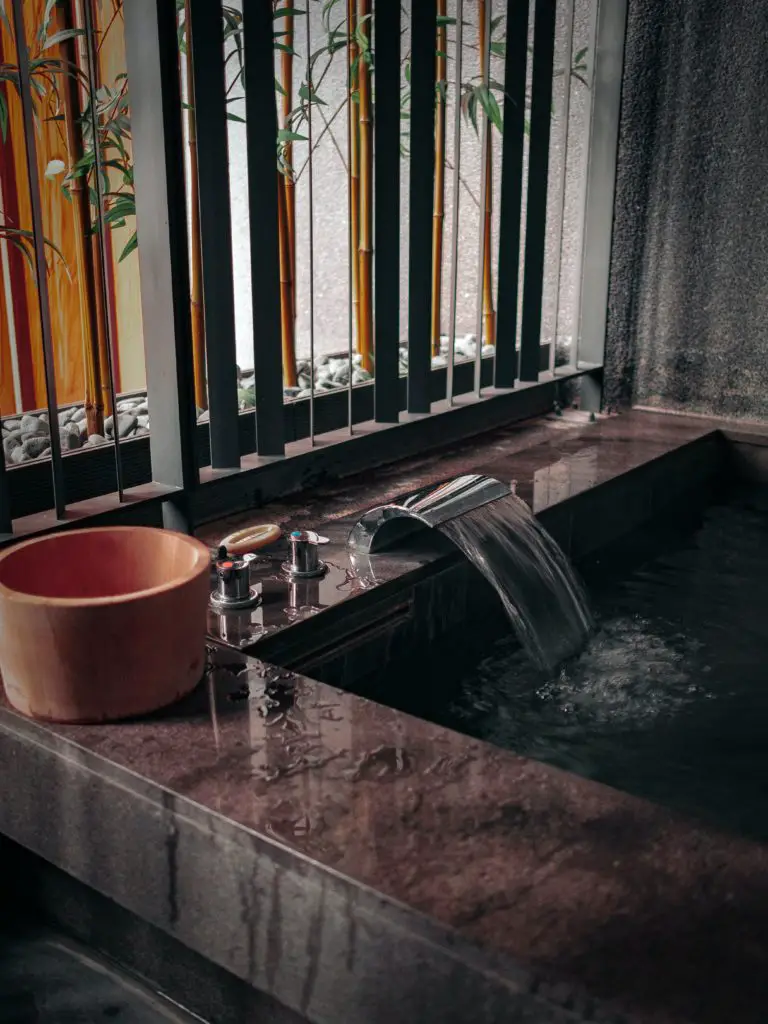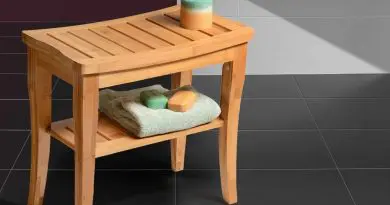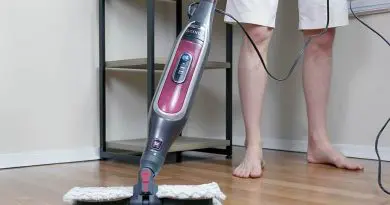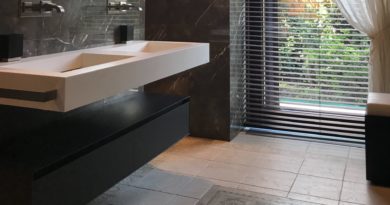How to Unclog a Bathtub Full of Water
**Articles may contain links that I earn compensation for if clicked and you make a purchase. As an Amazon Associate, I earn from qualifying purchases. These earnings do not actually impact the price of the product or service.
Drains usually have a trap at the entrance, built to hold potential materials that may clog the drain pipe. This trap holds the debris long enough so you can remove the dirt. Without regular drain cleaning, dirt can build up in the trap and clog the bathtub, making it impossible for water to pass, so it is essential to know how to unclog a bathtub full of water.
Some things that may clog a bathtub’s drainage system, include hair, soapy and mineral deposits, and faulty drain stoppers may also cause the problem.
Unclogging a bathtub with water may be difficult and cause a further mess in your bathroom. Therefore, you first need to drain the water before taking any steps to unclog the bathtub.
Below, we highlight five steps you can follow if your bathtub drain is clogged and has water. The steps are also applicable to a blocked shower drain.
 5 Steps to Unclog a Bathtub With Water
5 Steps to Unclog a Bathtub With Water
Step One: Drain the Water
Draining the water in the bathtub gives you access to the drain’s entrance. There is no straightforward way to drain a bathtub besides scooping out the water and pouring it elsewhere. You may need to wear gloves or roll up your sleeves to avoid getting wet.
Use a bucket or large cup to scoop the standing water from the bathtub and pour it into the toilet. With the water drained, remove the bathtub drain trap and peak into the drain to see if there is any visible blockage.
You can use a coat hanger to try to dislodge or pull out the dirt in it to open the drain pipe again. You may insert the coat hanger through the tub, shower drain, or overflow opening. The opening has an overflowing plate or overflow cover, which you can remove easily.
After dislodging dirt, you may need to pour some water into the bathtub to know if the drain pipe is open.
Step Two: Use a Traditional Plunger
A plunger is one of the quickest ways to unclog a bathtub. The plunger creates suction pressure that forcefully dislodges dirt clogging the drain. In most cases, a plunger will be enough to clear a blocked drain completely.
You must first remove the bathtub drain stopper if there is one. Next, cover the drain’s opening with the plunger and start plunging in a push and pull manner.
From time to time, remove the plunger entirely and check if water poured into the tub is draining away. If the water does not drain or flows slowly, you may continue to plunge.
However, you should pour more water into the bathtub to ensure it drains properly. Running water should also remove any remaining residue that may clog the pipes, such as hair.
Move on to the next step if the plunger fails to unclog the bathtub.
Step Three: Pour Baking Soda, Vinegar, and Hot Water Into the Clogged Bathtub Drain
Although you can use vinegar, baking soda, or boiling water alone, combining them gives better results. White vinegar is mildly acidic, baking soda is alkaline, and the mixture is a homemade chemical drain cleaner. Mixing vinegar and baking soda will create a strong reaction that dissolves grime and soap residues.
You must ensure the tub is empty for this method to work correctly. Pour a mix of baking soda (one cup) and half a cup of white vinegar. Leave the chemicals for a few minutes and run the hot water.
Boiling water is effective at melting soap scum and will activate baking soda and vinegar to unclog the drain clog. Also, boiling water will help wash away excess traces of chemicals.
Step Four: Use a Shop Vac

A shop vac is a wet/dry shop vacuum that works perfectly to unclog a blocked bathtub drain. You can get shop vacs from a hardware store, which are helpful in your garage.
Before using a shop vac, remember to plug the overflow opening. Plugging the overflow opening will ensure you create an intense suction pressure to clear clogged pipes.
Next, in the exhaust operating mode, turn on the device, while the nozzle is fitted in the drain’s opening. A change in the device’s sound, from a high-pitched to a low hum, will indicate when the drain is reopened. However, if the sound does not change after a few seconds, you may switch the vacuum settings from exhaust to suction.
Switching back and forth between exhaust and suction will create a more substantial pressure to unclog your bathtub.
The vacuum device is effective at sucking out hair that may have clogged your tub drain, shower, or drain pipe. Pour some water- preferably boiling water- into your bathtub to check if it drains properly, and use the shop vac until you get the desired results.
Step Five: Call a Professional Plumber
If you try the above steps and your bathtub is still clogged, you may have to call a professional plumber. Plumbers use various tools, such as a plumber’s snake that can quickly unclog bathtub drains. A plumbing snake- also called a drain snake- works best for difficult situations.
Furthermore, plumbers may use other methods, such as chemicals, to unclog your bathtub clog.
However, clogged drains may signify more severe problems in your plumbing system, which only experienced plumbers can fix.
How to Prevent Your Bathtub Drain From Clogging
If you wish to prevent having to unclog a bathtub drain, you should remember a few things. Ensure that the drain stopper is in place when you need to use the bathtub to wash small items that could block the drain pipe. Avoid shaving your hair while in the shower, and if you use bar soaps, discard them properly after a few weeks.
Furthermore, frequently pour hot water or a mix of baking soda and vinegar down the drain to prevent a build-up of dirt.
Conclusion
A clogged drain in your tub or shower may cause water to flood your bathroom. However, there are several ideas on how to unclog a bathtub full of water, many of which are DIY.
If you notice that your bathtub drains slowly, a clog is a likely cause. Use the above tips or call a plumber.


